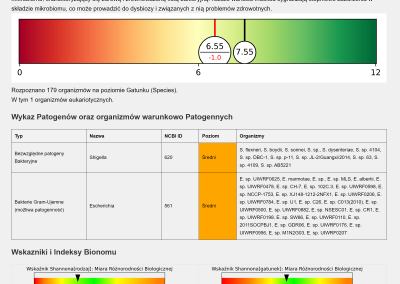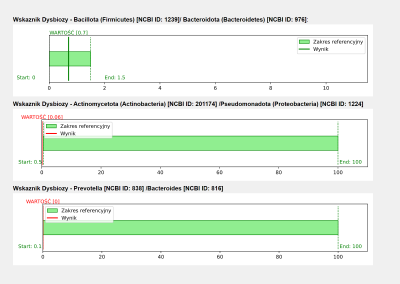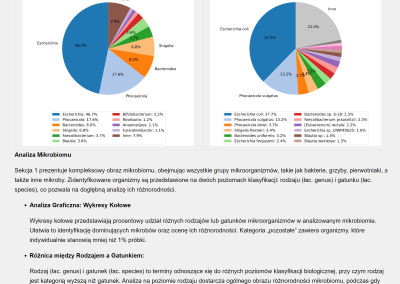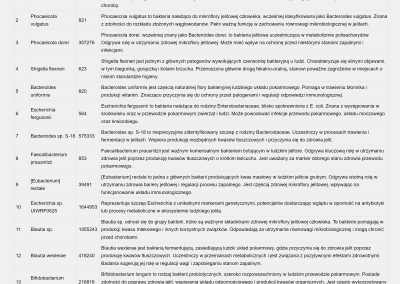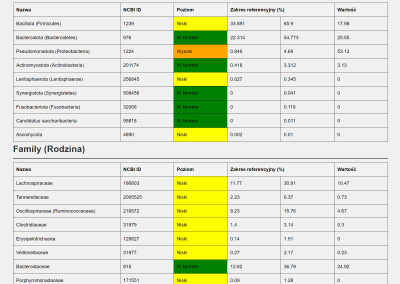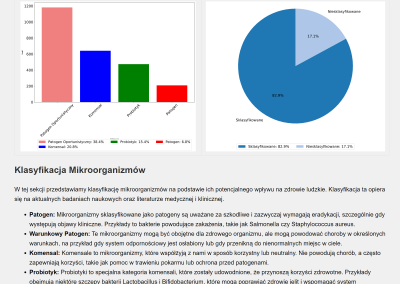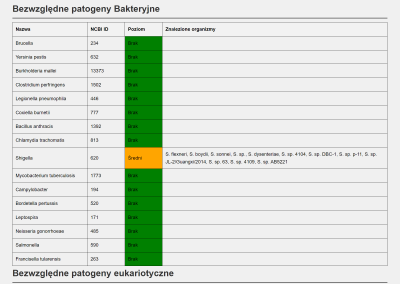Revolutionary microbiome test
SPARKbiom
Disruptions in the microbiome composition are the cause of many diseases and ailments. SPARKbiom precisely identifies these abnormalities and allows for the implementation of personalized therapy, which is crucial for effective treatment.
The SPARKbiom test examines every microbiome:
Gut microbiome
Upper respiratory tract microbiome
Ear microbiome
Vaginal microbiome
Seminal microbiome
OTHER microbiomes

The SPARKbiom test – best on the market!
The SPARKbiom test – a breakthrough in microbiome diagnostics.
Utilizing advanced third-generation DNA sequencing technology, this test allows the identification of over 50,000 different organisms, including bacteria, fungi, and parasites, across various types of biological samples. Developed by our team of biotechnologists and bioinformaticians based on third-generation Oxford Nanopore sequencing, this test is unique on a global scale. It is not only a step forward compared to traditional diagnostic methods but also a foundation for the development of personalized approaches in medicine.
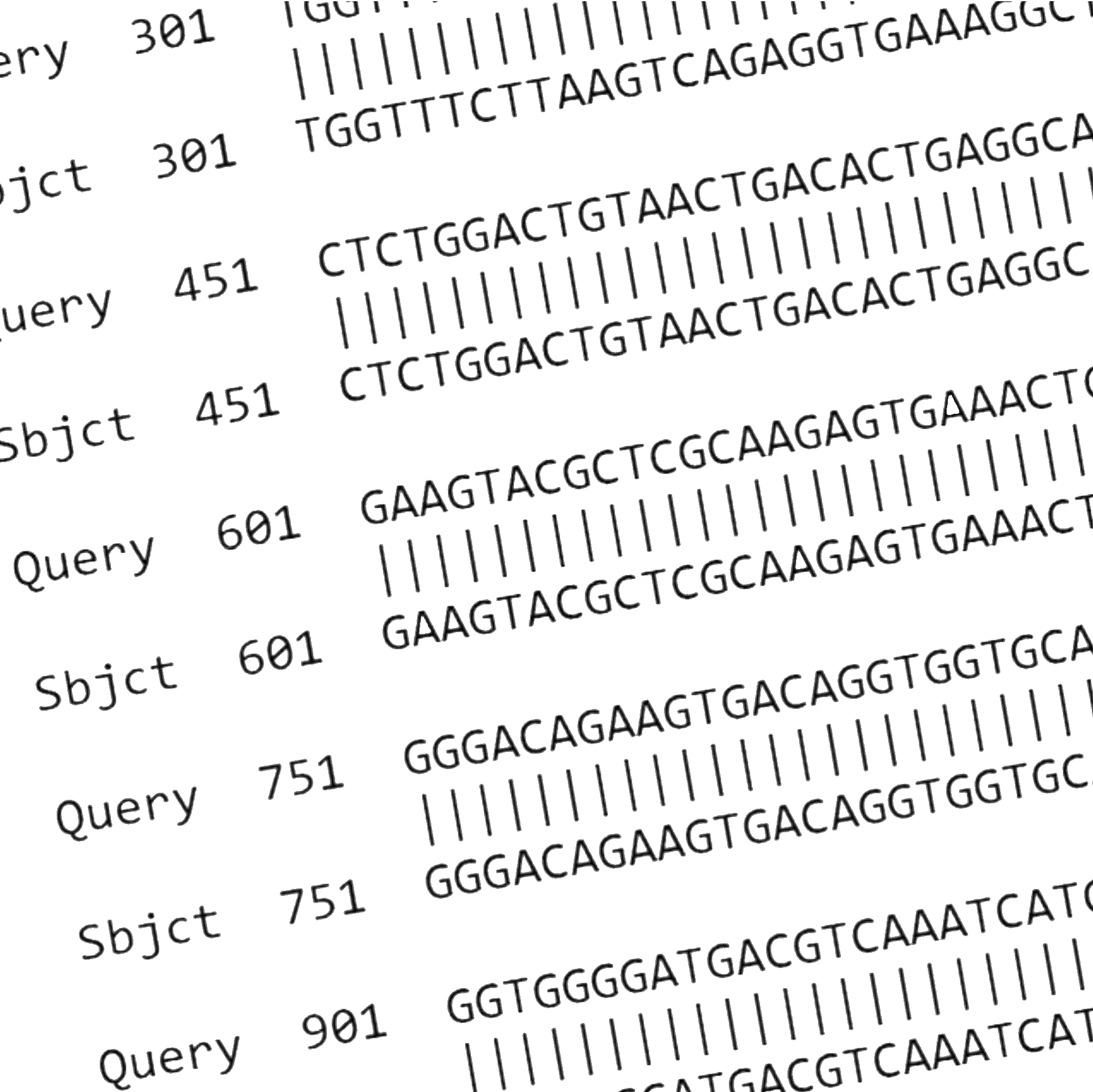


Precision and comprehensiveness of diagnostics
Quantitative identification and classification of microorganisms at the species level
This feature is essential for the effective application of treatment methods tailored individually to the patient’s microbiome. Personalizing therapy allows for significantly greater effectiveness in treating chronic health conditions, such as autoimmune diseases, metabolic disorders, and various types of allergies.

A new era in microbiome diagnostics
Pushing the boundaries of traditional diagnostics
Traditional diagnostic methods, such as bacterial cultures or PCR tests, are limited in both detection range and precision. The SPARKbiom test replaces the need for conducting hundreds of such tests by offering results in one comprehensive examination. This represents a significant saving of time and resources for both patients and medical centers. The ability to quickly obtain a wide spectrum of information about the microbiome opens up new possibilities in prevention and treatment.
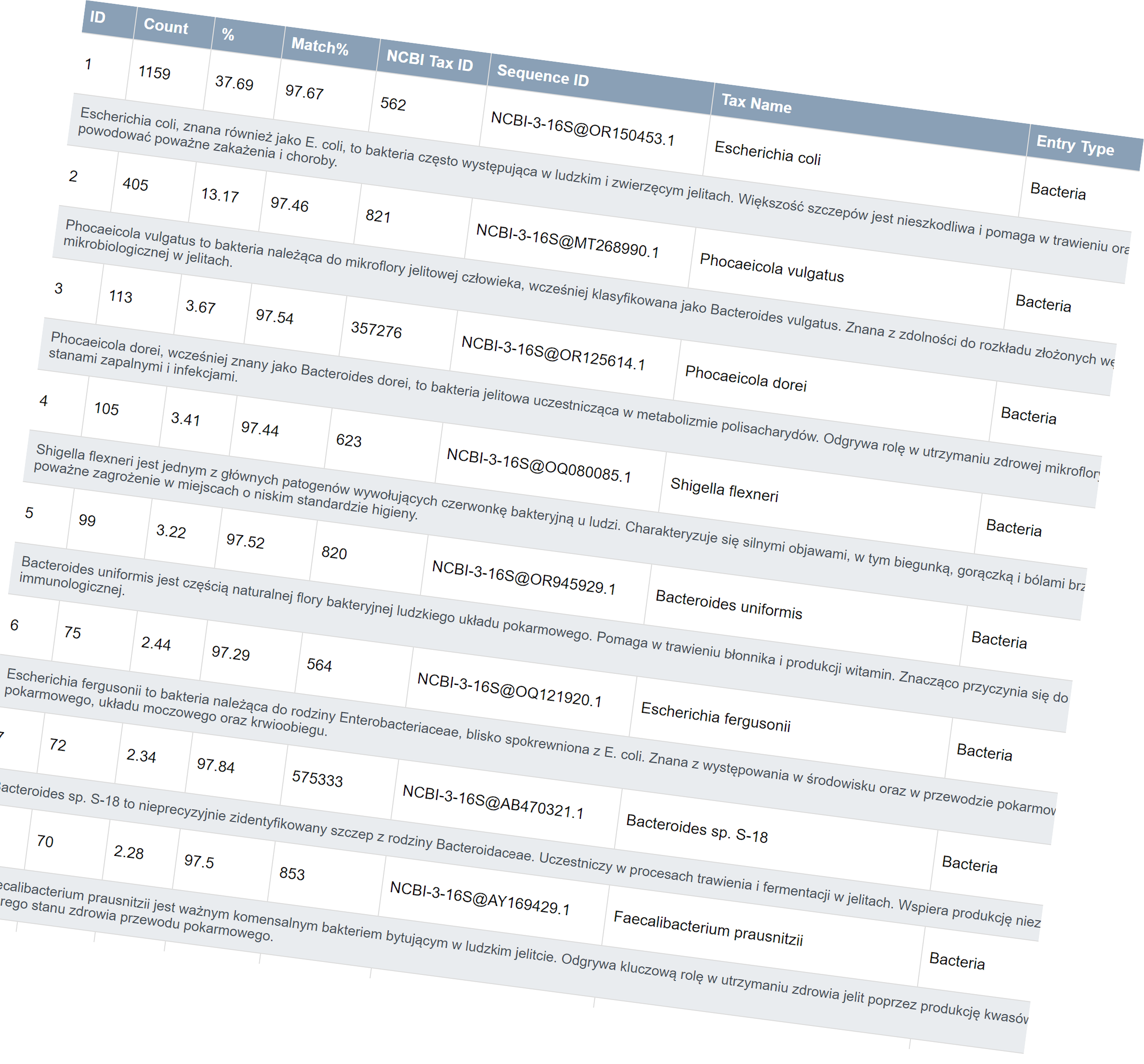

The SPARKbiom test – best on the market!
The SPARKbiom test – a breakthrough in microbiome diagnostics.
Utilizing advanced third-generation DNA sequencing technology, this test allows the identification of over 50,000 different organisms, including bacteria, fungi, and parasites, across various types of biological samples. Developed by our team of biotechnologists and bioinformaticians based on third-generation Oxford Nanopore sequencing, this test is unique on a global scale. It is not only a step forward compared to traditional diagnostic methods but also a foundation for the development of personalized approaches in medicine.


Precision and comprehensiveness of diagnostics
Quantitative identification and classification of microorganisms at the species level
This feature is essential for the effective application of treatment methods tailored individually to the patient’s microbiome. Personalizing therapy allows for significantly greater effectiveness in treating chronic health conditions, such as autoimmune diseases, metabolic disorders, and various types of allergies.


A new era in microbiome diagnostics
Pushing the boundaries of traditional diagnostics
Traditional diagnostic methods, such as bacterial cultures or PCR tests, are limited in both detection range and precision. The SPARKbiom test replaces the need for conducting hundreds of such tests by offering results in one comprehensive examination. This represents a significant saving of time and resources for both patients and medical centers. The ability to quickly obtain a wide spectrum of information about the microbiome opens up new possibilities in prevention and treatment.

HOW OUR TEST DIFFERS FROM OTHERS
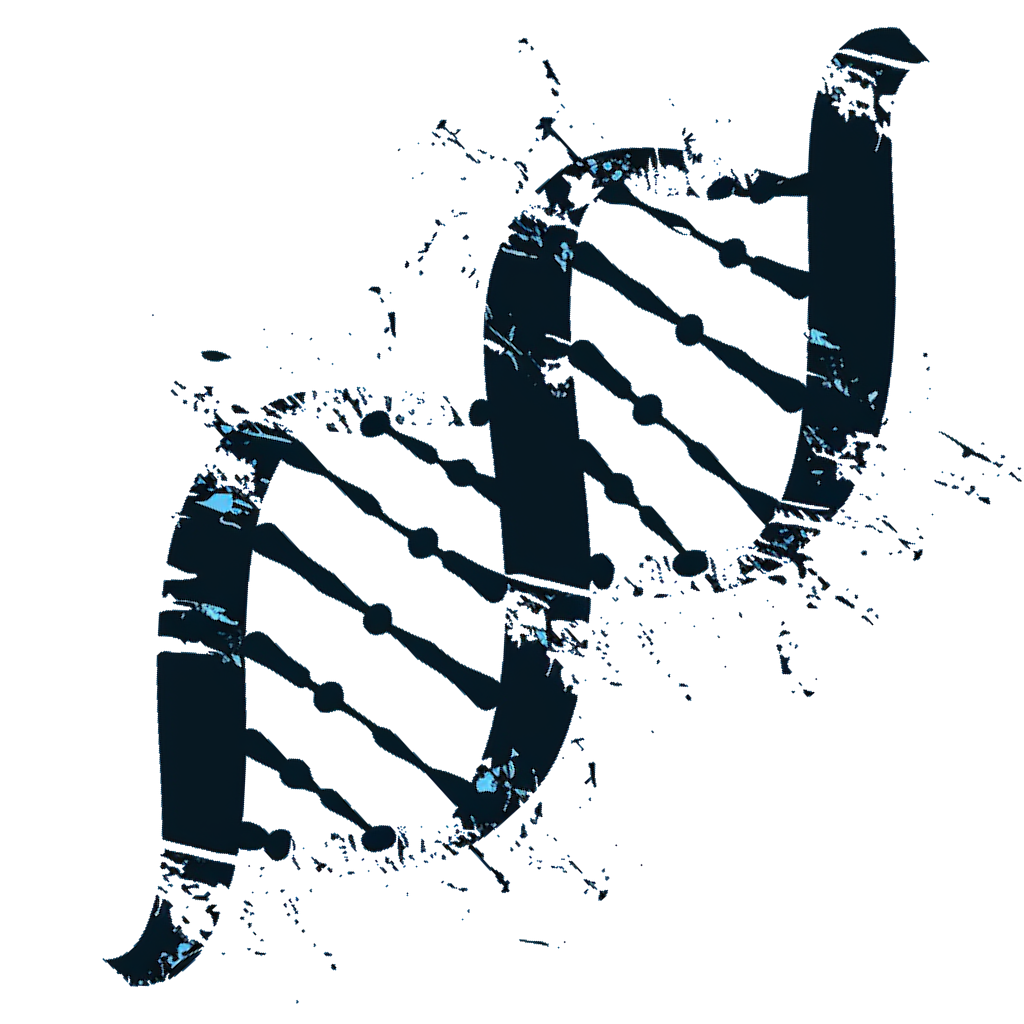
Comprehensive Microbiome Analysis
The SPARKbiom test can accurately identify over 50,000 different organisms in a sample, including bacteria, fungi, and parasites. This level of comprehensiveness is unattainable for traditional tests such as cultures or standard PCR tests, which are limited to detecting a much smaller number of pathogens. In comparison, the standard PCR method (polymerase chain reaction) is restricted to detecting only those organisms for which specific DNA primers have been designed and used in a given test (typically ranging from a few to several dozen). Traditional diagnostic methods, capable of identifying only a limited number of species, prove inadequate and overlook a significant majority of the organisms present in the microbiome. The SPARKbiom test enables the identification of the full species composition of the microbiome.
Species-Level Accuracy
Effective microbiome analysis requires recognizing organisms at the species level. Without this, it is impossible to distinguish whether an organism in the microbiome is a pathogen (disease-causing) or a probiotic (beneficial). A common example is the inability to differentiate between Streptococcus thermophilus (probiotic) and Streptococcus pyogenes (pathogen).
Key to species identification are long sequence fragments, the largest sequence database, and the most accurate identification algorithm, which is the reference BLAST. Our SPARKbiom test meets these requirements by utilizing all sequences available at the beginning of 2024, over 1 million, along with advanced algorithms equivalent to BLAST, ensuring precise identification.
Second-generation sequencing uses short sequences, making it impossible to distinguish organisms at the species level. Commercially available third-generation technologies, although they use long reads, typically have a limited database of around 30,000 sequences and rely on less accurate algorithms like Centrifuge.

HOW OUR TEST DIFFERS FROM OTHERS

Comprehensive Microbiome Analysis
The SPARKbiom test can accurately identify over 50,000 different organisms in a sample, including bacteria, fungi, and parasites. This level of comprehensiveness is unattainable for traditional tests such as cultures or standard PCR tests, which are limited to detecting a much smaller number of pathogens. In comparison, the standard PCR method (polymerase chain reaction) is restricted to detecting only those organisms for which specific DNA primers have been designed and used in a given test (typically ranging from a few to several dozen). Traditional diagnostic methods, capable of identifying only a limited number of species, prove inadequate and overlook a significant majority of the organisms present in the microbiome. The SPARKbiom test enables the identification of the full species composition of the microbiome.

Species-Level Accuracy
Effective microbiome analysis requires recognizing organisms at the species level. Without this, it is impossible to distinguish whether an organism in the microbiome is a pathogen (disease-causing) or a probiotic (beneficial). A common example is the inability to differentiate between Streptococcus thermophilus (probiotic) and Streptococcus pyogenes (pathogen).
Key to species identification are long sequence fragments, the largest sequence database, and the most accurate identification algorithm, which is the reference BLAST. Our SPARKbiom test meets these requirements by utilizing all sequences available at the beginning of 2024, over 1 million, along with advanced algorithms equivalent to BLAST, ensuring precise identification.
Second-generation sequencing uses short sequences, making it impossible to distinguish organisms at the species level. Commercially available third-generation technologies, although they use long reads, typically have a limited database of around 30,000 sequences and rely on less accurate algorithms like Centrifuge.
Tests types
Our SPARK-biomSCAN test enables the examination of various microbiomes, assessed in different types of clinical samples.
Depending on the patient’s needs and health condition, the following tests are available:
Gut microbiome
This is a standard method for analyzing gut microflora, allowing the identification of bacteria, fungi, and parasites that can affect gastrointestinal health and overall well-being. (stool sample)
Ear microbiome
Focused on analyzing ear microflora, which is crucial in diagnosing chronic ear infections as well as other infections. (ear swab)
Semen microbiome
It allows for the identification of microorganisms in semen, which is important for assessing reproductive health, fertility, and the risk of sexually transmitted infections. (semen sample)
Upper respiratory tract microbiome
They enable the examination of microorganisms present in the upper respiratory tract. This is particularly important for individuals suffering from chronic infections or throat-related issues. (throat swab)
Vaginal microbiome
They allow for the assessment of the vaginal microbiome, which is important for women’s reproductive health, including the diagnosis and treatment of infections and bacterial flora imbalances. (vaginal swab)
OTHER microbiome
If you want to test a different type of sample, call us. If possible, we will be happy to analyze the „atypical” microbiome.
Indications for testing
Symptoms that may indicate the need for microbiome testing.
Gastrointestinal problems:
Diarrhea
Constipation
Bloating
Abdominal pain
Irritable Bowel Syndrome (IBS)
Indigestion
Immune system problems:
Frequent infections
Allergies
Food intolerances
Urinary system problems:
Recurrent urinary tract infections (UTIs)
Pain during urination
Frequent urination
Fertility problems:
Difficulty conceiving
Recurrent miscarriages
Respiratory problems:
Chronic cough
Asthma
Recurrent bronchial infections
Metabolic disorders:
Obesity
Type 2 diabetes
Insulin resistance
Lipid disorders
Skin problems:
Acne
Eczema
Psoriasis
Mental health problems:
Depression
Anxiety
Concentration problems
Reproductive system problems in women:
Recurrent vaginal infections
Discharge
Pain during intercourse
Nasopharyngeal problems:
Chronic sinusitis
Recurrent throat infections
Bad breath
Other symptoms:
Fatigue
Sleep problems
Joint pain
How microbiome test results can help you
Diagnosis of diseases and inflammatory processes
- The microbiome patterns you receive in the report after testing can help diagnose many diseases.
- Regular microbiome analyses allow you to assess whether pharmacological treatments or dietary changes are beneficial for the balance of the microbiome and overall health.


Probiotic therapies
- Thanks to gut microbiome testing, it is possible to develop more effective and personalized probiotic therapies.
- A deficiency of probiotic and anti-inflammatory bacteria, a condition known as dysbiosis, can increase the propensity to develop various diseases.
Diagnosis and treatment of skin diseases
- Identification of microbiome imbalances: Microbiome test results facilitate the identification of specific skin microbiome imbalances, which is crucial for diagnosing acne, skin issues, and atopic dermatitis.
- Development of therapies: By understanding changes in the microbiome, targeted therapies can be developed, including the use of specific probiotics and tailored skincare routines.
- Personalized treatment: A better understanding of the microbiome’s impact on skin conditions allows for offering patients more effective and individually tailored therapeutic solutions.


Control and monitoring of fecal microbiota transplantation (FMT) therapy
- Identifying the microbiota in health and disease enables the selection of appropriate donors.
- Analyzing the gut microbiome before and after FMT (fecal microbiota transplantation) allows for assessing whether the transplanted microbiota effectively colonizes the recipient’s gut, restoring a healthy microbiome balance.
- Regular monitoring of the microbiome after FMT helps evaluate the durability of therapeutic effects and the potential need for additional transplants.
Monitoring and treatment of obesity
- Microbiome testing allows for an understanding of how the diversity and composition of microorganisms in the gut can influence metabolism and obesity. For example, it can help detect microorganisms associated with excessive fat storage.
- Regular microbiome testing can evaluate whether the changes introduced in diet and lifestyle have a positive impact on the composition of the microbiome and the patient’s health.


Monitoring effects and selecting diet
- Microbiome analysis can help understand how different dietary components affect the body, allowing for the adjustment of the diet to meet the individual needs and preferences of the patient.
- By monitoring the impact of diet on the microbiome, nutritional recommendations can be better tailored for individuals with chronic diseases.
How microbiome test results can help you

Diagnosis of diseases and inflammatory processes
- The microbiome patterns you receive in the report after testing can help diagnose many diseases.
- Regular microbiome analyses allow you to assess whether pharmacological treatments or dietary changes are beneficial for the balance of the microbiome and overall health.

Probiotic therapies
- Thanks to gut microbiome testing, it is possible to develop more effective and personalized probiotic therapies.
- A deficiency of probiotic and anti-inflammatory bacteria, a condition known as dysbiosis, can increase the propensity to develop various diseases.

Diagnosis and treatment of skin diseases
- Identification of microbiome imbalances: Microbiome test results facilitate the identification of specific skin microbiome imbalances, which is crucial for diagnosing acne, skin issues, and atopic dermatitis.
- Development of therapies: By understanding changes in the microbiome, targeted therapies can be developed, including the use of specific probiotics and tailored skincare routines.
- Personalized treatment: A better understanding of the microbiome’s impact on skin conditions allows for offering patients more effective and individually tailored therapeutic solutions.

Control and monitoring of fecal microbiota transplantation (FMT) therapy
- Identifying the microbiota in health and disease enables the selection of appropriate donors.
- Analyzing the gut microbiome before and after FMT (fecal microbiota transplantation) allows for assessing whether the transplanted microbiota effectively colonizes the recipient’s gut, restoring a healthy microbiome balance.
- Regular monitoring of the microbiome after FMT helps evaluate the durability of therapeutic effects and the potential need for additional transplants.

Monitoring and treatment of obesity
- Microbiome testing allows for an understanding of how the diversity and composition of microorganisms in the gut can influence metabolism and obesity. For example, it can help detect microorganisms associated with excessive fat storage.
- Regular microbiome testing can evaluate whether the changes introduced in diet and lifestyle have a positive impact on the composition of the microbiome and the patient’s health.

Monitoring effects and selecting diet
- Microbiome analysis can help understand how different dietary components affect the body, allowing for the adjustment of the diet to meet the individual needs and preferences of the patient.
- By monitoring the impact of diet on the microbiome, nutritional recommendations can be better tailored for individuals with chronic diseases.
How does the result of a microbiome test look?
Sample report from a microbiome test, which clients receive from SPARK-TECH, includes a comprehensive analysis of the microflora based on advanced third-generation DNA sequencing technology. The test report consists of:
1. Simultaneous quantitative identification and classification of organisms at the species level for bacteria, fungi, and parasites.
2. Identification of PROBIOTIC and PATHOGENIC organisms: a deficiency of probiotic organisms or the presence of pathogenic organisms may be the cause of your ailments.
3. Assessment of DYSBIOSIS: Analysis of disruptions in microflora biodiversity based on recognized scientific indices.
4. Additional selected versions of the test include Specialized and Individual Recommendations. The report, based on a completed medical interview, contains an individual interpretation of the microbiome composition results and personalized recommendations for further therapeutic actions, developed by a medical-pharmaceutical-dietary team.
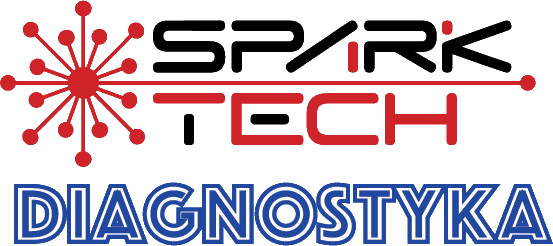
Company SPARK-TECH
SPARK-TECH was founded in 2015 in Krakow to support the development of the healthcare sector through innovative solutions in biotechnology, bioinformatics, robotics, and artificial intelligence. The company has received numerous awards and grants from European Union agencies (HORIZON 2020) and Polish agencies (NCBR, PARP). As part of its research and development activities, a prototype robot for blood cell isolation was created, and a proprietary microbiome sequencing technology was developed.
In 2021, by decision of the Minister of Climate and Environment, the SPARK-TECH biotechnology laboratory obtained the status of a genetic engineering facility, with the ability to use genetically modified microorganisms classified as biosafety level II in a contained environment.
In 2022, the company launched a DNA sequencing service for universities, probiotic manufacturing companies, and livestock diagnostics.
In 2023, SPARK-TECH Diagnostics Laboratory was registered by the Voivode of Małopolska in the Registry of Entities Performing Medical Activities to provide DNA sequencing services for patients. This marks a significant step forward in the field of personalized medicine and treatment strategies.

Umów się na badanie!
Zadzwoń lub napisz do nas!


